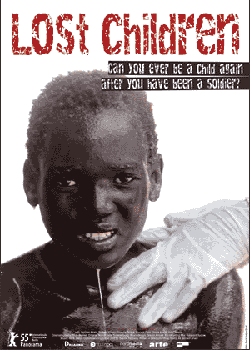The Shutka Book of Records (Director: Aleksandar Manic, Czech Republic, 78 minutes): This month’s Doc Soup screening was one that I’d heard absolutely nothing about beforehand. Shutka is a small town in Macedonia that boasts that it is the unofficial capital of the Roma (Gypsy) people. Though not rich in material goods, its inhabitants are rich in imagination, and almost everyone proclaims himself a “champion” of something. Obscure pursuits such as hunting vampires, training geese to fight, and collecting obscure cassettes of Turkish music are all fair game in the townspeople’s constant quest for one-upmanship.
I had some issues with the film’s tone. Even though the film was made in 2005, it was uncannily close to some of the scenes of the “Kazakh” village in Borat. This film, ostensibly a documentary, also used a slightly comical “narrator” (actually actor Bajram Severdzan, from Emir Kusturica’s Black Cat, White Cat) and the abundant humour brought it so close to parody at times that I felt that perhaps the whole thing was a put-on. According to the reviewer for the Chicago Tribune, (aptly-named) director Manic has called it an “acted documentary,” which only muddies the water.
As well, and as another reviewer noted, there is an unspoken undertone of grinding poverty. These people, although indomitable and at times charming, are the sort of uneducated, superstitious bumpkins who would rather spend their welfare money on a lavish party for their son’s circumcision ceremony than on his school fees. Though there is a discernible Roma culture evident, one wonders whether it thrives only because of a lack of any alternative. Without meaningful work or future prospects, people are bound to end up spending all of their waking hours boasting, stealing, arguing and worrying about evil genies. It’s entertaining, but it somehow felt wrong to be entertained. The few attempts made by the director to get us to empathize with many of the residents’ desire to “fly away” to the riches in the West felt buried under the weight of the jaunty anthropological style (including faux-archival black and white footage). At the end of the film, I felt somewhat like I’d emerged from a carnival sideshow. (7/10)
![]()


 (9/10)
(9/10) (8/10)
(8/10)
 (10/10)
(10/10)